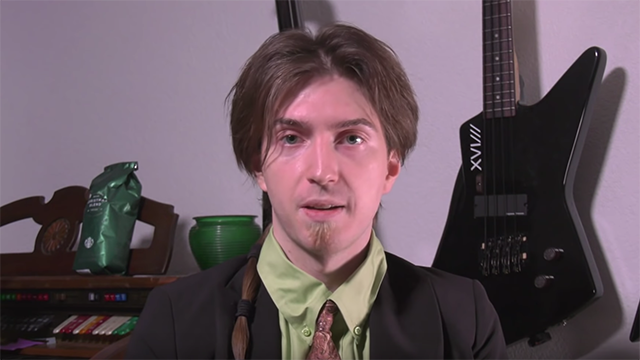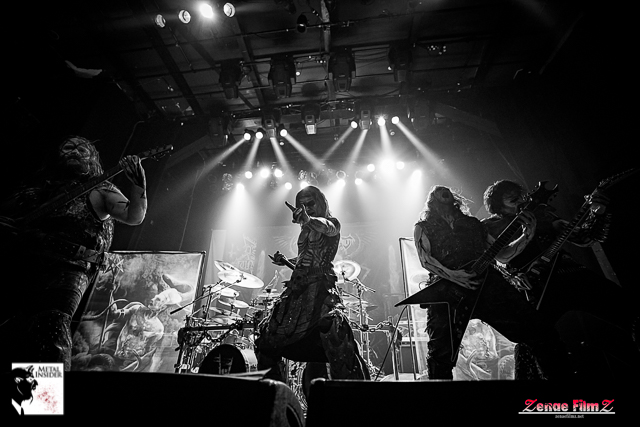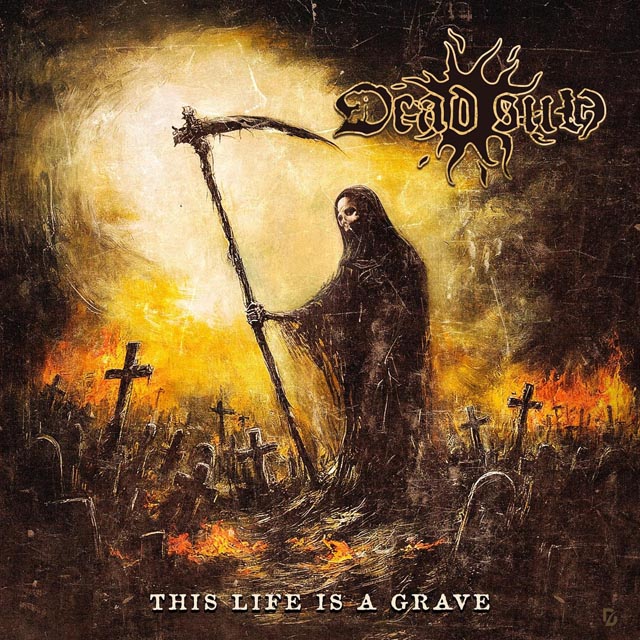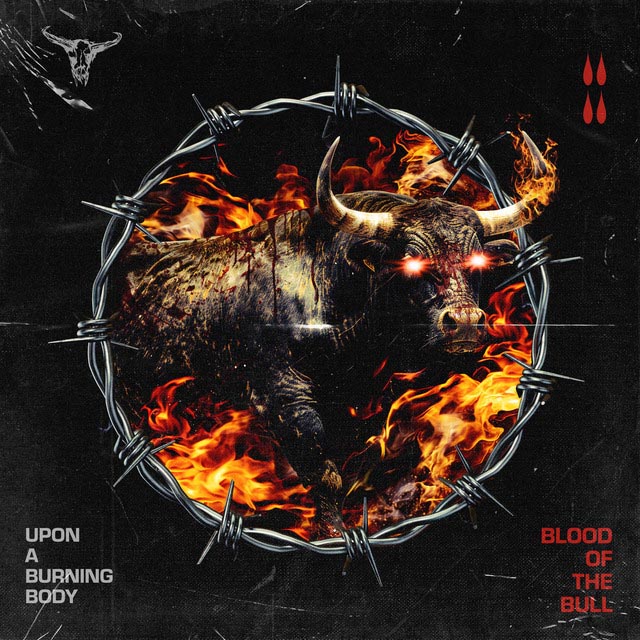
Earlier last month, Threatin managed to book a European tour to an empty room. It’s probably one of the most shocking Disaster Artist-like stories we’ve seen in quite some time. Not only did Jered Eames create the name Threatin, he also paid for bots to build a fake following, as well as created an entire fake website, management, and everything you can think of to make it appear the band was legit.
Since then, his brother Scott Eames (Thy Antichrist) broke his silence, as well as the former drummer, bassist, and well, all former members released a statement. However, aside from his brief social media post, Jered refused. Until now. Earlier today (14th), Rolling Stone shared an in depth story, calling it “The Great Heavy Metal Hoax,” as Jered officially broke his silence. That’s right, Jered made it to the New York Times and now has his own feature in Rolling Stone.
Jered admitted that he had to do something to “get people to pay attention.” Which, obviously, he succeeded.
The Threatin singer confessed:
“It’s a publicity stunt, but the music is very real.”
He expressed how he wanted to escape from his hometown:
“Every time I would leave town or pull back into town, that would make me think, ‘This is the perfect metaphor for this place — I do not want to die here.’ ” Eames, whose father is a drug-and-alcohol counselor, vowed to make it out ASAP. “My entire existence was trying to figure out how to get away,” he says.”
Jered discussed the death metal project Saetith, him and his brother formed . While Scott noticed Jered’s massive ego, Jered explained that his brother was “struggling to keep up” with the music. Additionally, Jered allegedly only stayed in Saetith to appease his parents and wanted to make a Queen/David Bowie-sounding band instead.
Jered revealed, he moved in with his then-girlfriend, Kelsey, at the age of 17 and attended a nearby Columbia College. Ironically, Jered earned a bachelor’s degree in psychology and admitted :
“I’ve always been fascinated with human behavior and marketing, and how you can implant an idea in someone’s mind.”
He then explained how his body “betrayed him” at the age of 20 as he coughed up blood:
“It wasn’t like a small amount of blood,” he says. “This sink was filled with blood. I thought, ‘OK, I’m dead.’ ” But despite the pleas of Kelsey, then a nurse, he says he refused to seek medical help. “I’m not going to the fucking doctor,” he said. “Those people are inadequate. They’re not going to know what they’re doing.”
Jered questioned his mortality and decided it was time to move to LA to pursue his dream at becoming a famous rockstar:
“You hear people say it all the time: ‘With the Internet, it’s easy for people to get discovered,’ ” Eames tells me. “It’s actually the opposite.” Though Eames was eager to launch a music career on his own in L.A., he was still smarting from his failure in Saetith. He and Scott had done everything by the book — gigged relentlessly, promoted themselves, blitzed record labels — and for what? He didn’t know how he was going to break through as a solo artist, but he was determined to find a way.
While Kelsey took an office job, Eames obsessed over his music, living cheaply off savings in a home they purchased in Hesperia, about 80 miles from L.A. After a year, he had some 70 songs in the classic-rock vein, playing every instrument — guitar, bass, drums and keyboards — on all the tracks, including the anthemic “Breaking the World” and what he thought could be his single, “Living Is Dying.” He spent upward of $10,000 on recording, insisting he got the money from more than a decade of savings. “I’m not some fucking rich kid,” he says. “All this is, is good money management.”
The desire to become famous took control of Jered as he discovered he would be more successful after becoming “the bad guy”:
“If you’re the hero, you’re going to get a quarter of the attention of the bad guy. A happy story lasts a day, but a tragedy is going to last a lifetime.”
His villain persona was simply his own outsize ego set to 11, a bombastic rock god willing to do anything for his music. He chose what he thought was a “devious”-sounding name, Threatin — with an i. “Fuck what other people think,” he proclaims. “I’m willing to do what it takes to try to bring rock back into the spotlight.”
He added:
“If you think you’re halfway to death, you’ll be like, ‘Let’s get this shit going fast,’” he says. So he decided to manufacture Threatin as a star.
Jered mentioned, he didn’t care to make amends with his brother, unless it’s for media purposes such as a documentary:
“If it served the story and it would be more interesting for there to be a reconciliation, then I’d consider it. Other than that, I have no interest.” In the meantime, some of the venues he played are ready to have him return. Ad Gosling, the events manager at Manchester’s Rebellion, says, “He’ll probably sell out.”
Rolling Stone also discovered that Jered plans to get back on the road and is ready to release his next album. He also addressed his opinion on fake news:
“Fake news is easy to manufacture.”
Read the full in-depth piece here.










